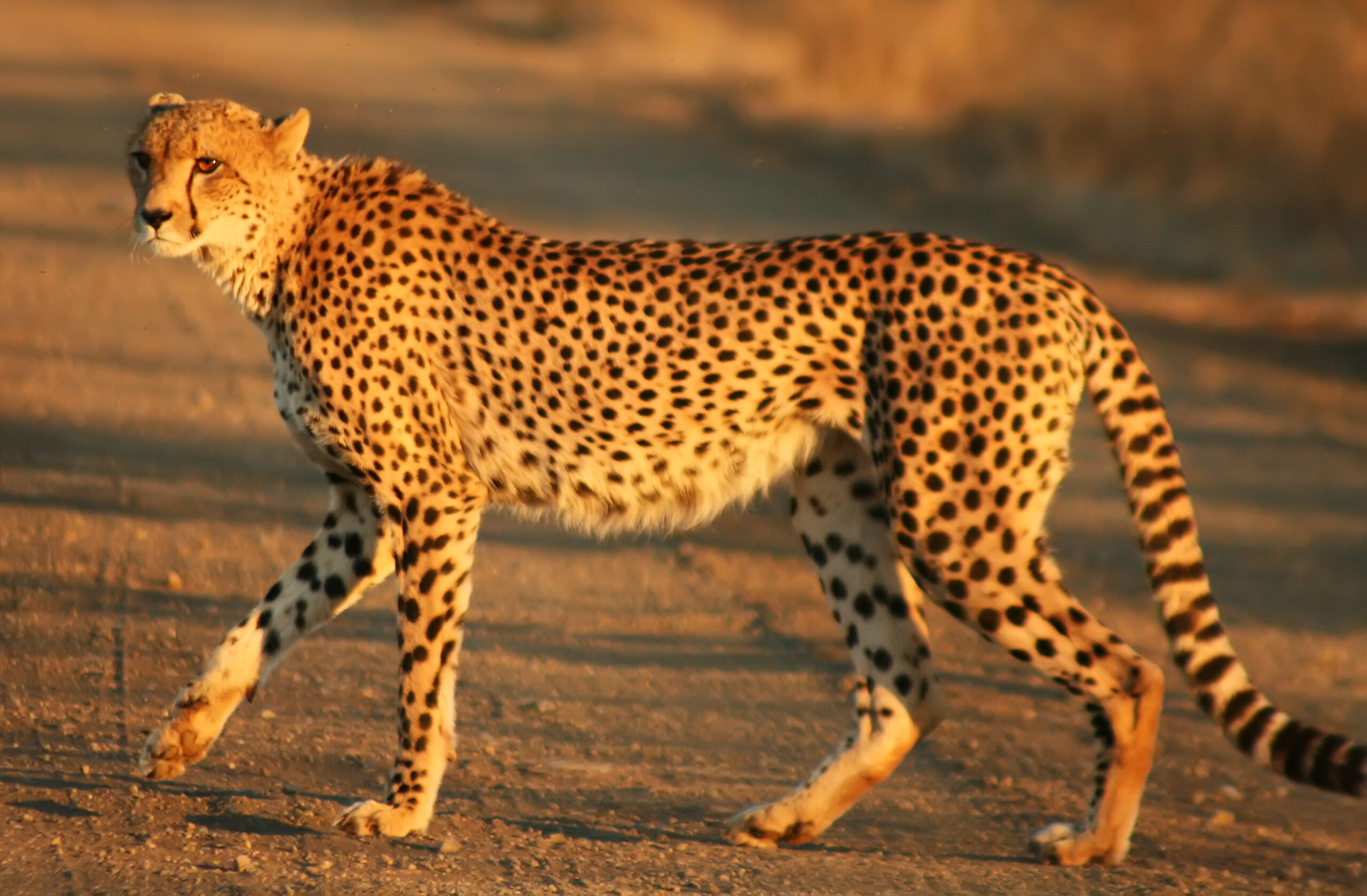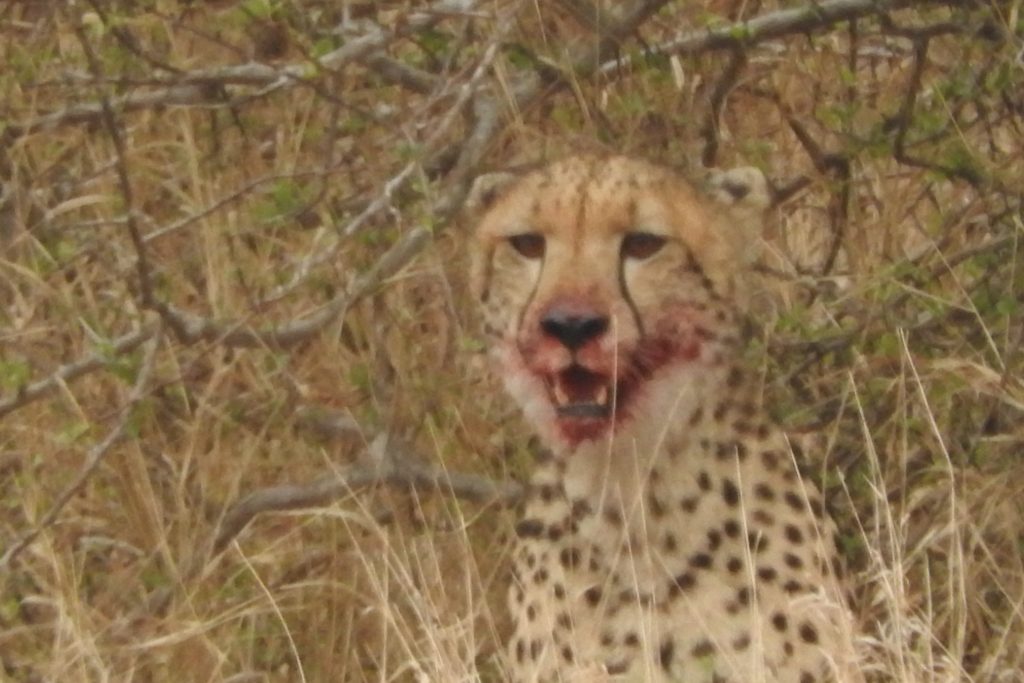Could cheetah be used across their historical range to rejuvenate wilderness?
In liwonde national park, 4 species of vulture; all considered critically endangered have returned. What has prompted this? Well the reintroduction of lion and cheetah

Cheetahs are the undisputed king of speed – at least over the relatively small distances. They are stunning animals, and any sighting is a memory to be treasured.
Cheetah numbered as much as 100,000 wild members just one century ago. Now there is just 7000-8000. What happened? Well a large part of their decline is down to habitat loss. Unlike other cats, cheetah thrive outside protected reserves. This is not because cheetah never get killed by farmers – there are certainly problems, and some will be killed, however compared to the problems that the cheetah have when pushed into small reserves which dont allow enough space to get away from lions and leopards. In South Africa, as much as half of the cheetah population (which is about 1000) live on farm land. Despite the fact that they kill very little livestock, and indeed can actually benefit farmers by eating vermin that might eat crops.
Generally, cheetah live at low densities (except in the best reserves- places like the Serengeti, where their sprint ability is so useful) for instance, the Kruger which is the size of Wales, tends to only have a 100-200 cheetah in the whole area.
This makes them hard to see in the wild. On the other hand, one of the benefits is that Cheetah tend to hunt in the day (they hunt by site) and as such, if you go out in after lunch when most wildlife are lying in the shade.
All this means, that there is definitely a possibility to greatly improve their wild numbers, through a combination of removing poaching, and reintroducing them to places where they existed in the past.

There are currently 5 recognized subspecies of the cheetah, 4 in Africa, and the last few remaining in Iran.
Some of the biggest and most well protected Cheetah populations – to go and see them for yourself. We are eager to list any place with cheetah (in protected land or on other land). Click on list your wild place (on the home page) or click here
It should be noted that adding up these estimates already exceed the African cheetah population, but this is the case with plenty of reserves – an overestimate in the number of the species in an area often makes people more willing to visit. Possibly as this website grows we might be able to help in correcting this.
The Saharan cheetah roams a large area around the fringes of the Saharan desert, and only has around 100 wild members at the current time.
Other species in the Cheetah lineage (it shares its clade with nothing else) include the Jaguarundi and the Mountain Lion
Alternatively, to visit the rest of the cat family click here.
In liwonde national park, 4 species of vulture; all considered critically endangered have returned. What has prompted this? Well the reintroduction of lion and cheetah
I wrote back in November about plans to move African cheetah from South Africa to India. Should you wish to read this original article, I
Trade of wild cheetah from east Africa (including the horn of Africa) to be kept as status symbols in the Arabian peninsula has thankfully declined,
Cheetahs live at low densities and therefore need large areas for a viable population long-term.
At the minimum, the Amur leopard population fell to as low as 30 individuals. The Asiatic cheetah is therefore far closer to extinction. At the
11 years ago a DNA assessment was done on the Iranian cheetah. This cheetah population is the last Asian cheetah population remaining. It was thought









Join as an ambassador supporter to
support this site, help save wildlife
and make friends & log in

